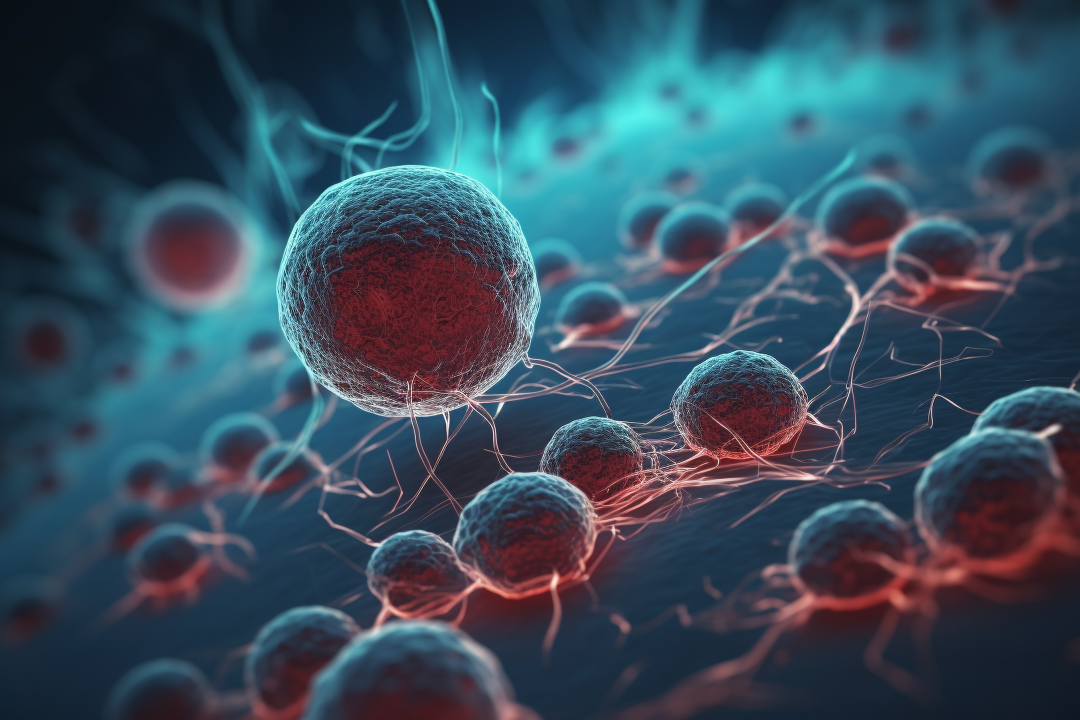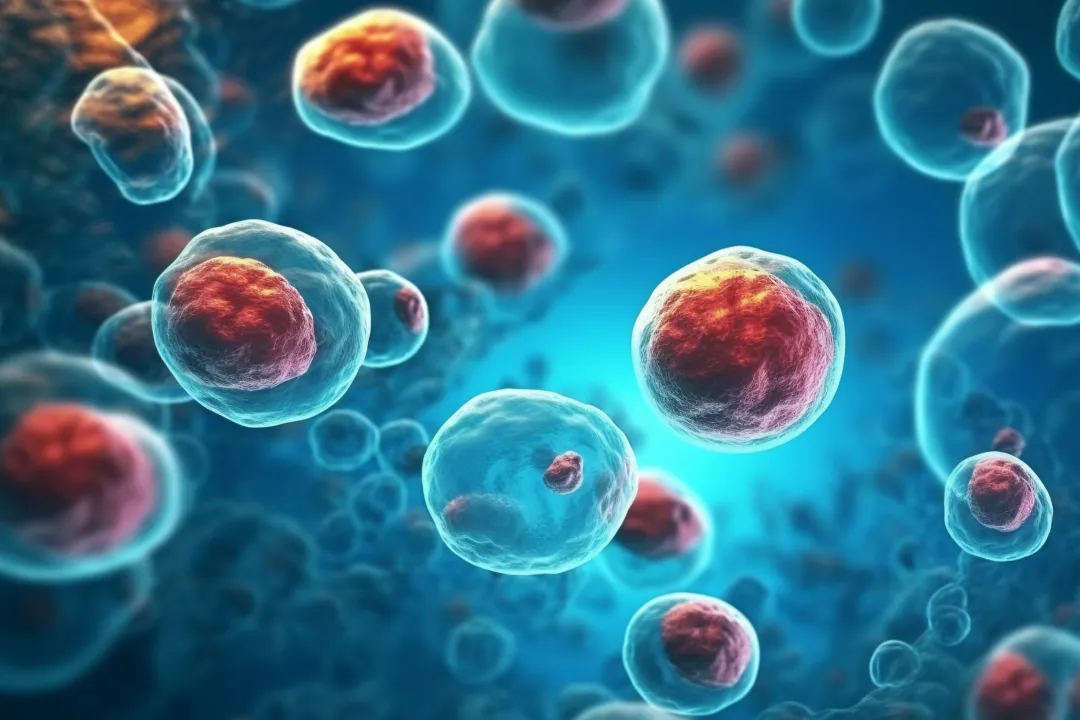
Source: International Stem Cell Research
In the human body, there are special kinds of cells called stem cells. Stem cells have the special ability to self-renew and differentiate into a variety of cell types. This makes stem cells a subject of great interest in the field of medicine, as they potentially hold a lot of promise and potential for human health.
There are many types of stem cells, including embryonic stem cells, adult stem cells, and induced pluripotent stem cells. Embryonic stem cells are derived from early embryos and have the broadest differentiation capacity and can differentiate into any cell type in the body. Adult stem cells are found in the tissues and organs of adults and mainly play a role in tissue repair and regeneration. Induced pluripotent stem cells are pluripotent stem cells obtained by reprogramming mature cells.

Characteristics and applications of different stem cells
In the field of stem cells, different types of stem cells have some unique characteristics and applications. Here are a few common stem cell types and how they differ:
Cord blood stem cells: Cord blood stem cells are stem cells taken from the umbilical cord and placenta of newborn babies. Compared to other stem cell sources, cord blood stem cells are relatively simple to obtain and have a high level of maturity and differentiation ability. They are widely used in hematopoietic stem cell transplantation therapy for the treatment of various blood system diseases and malignant tumors.
Umbilical cord Mesenchymal Stem Cells: Wharton's Jelly Mesenchymal Stem Cells are found in the collagen matrix of the umbilical cord. Compared with other adult tissue stem cells, they have higher proliferation potential and better stability. Umbilical cord Huatong gum mesenchymal stem cells have been widely studied and applied in tissue engineering and regenerative medicine, and can be used to treat nervous system diseases, autoimmune diseases and tissue injury.
Adipose Mesenchymal Stem Cells: Adipose-derived Mesenchymal Stem Cells are derived from fat tissue. Fat tissue has a higher concentration of stem cells than other tissues. Adipose mesenchymal stem cells (adipose mesenchymal stem cells) have strong differentiation ability and immunomodulatory effect, can differentiate into various cell types, and are widely used in regenerative medicine, cosmetology and tissue damage repair.
Skin Mesenchymal Stem Cells: Dermal mesenchymal stem cells (Dermal Mesenchymal Stem Cells) are found in the basal layer of the skin. They have strong proliferative potential and self-renewal ability, and play a role in skin regeneration, wound healing and skin aging. Skin mesenchymal stem cells can be used to treat poor wound healing, burn and tissue repair.
Embryonic stem cells: Embryonic stem cells are stem cells taken from early embryos, and they have the broadest differentiation ability and can differentiate into all cell types in the body. Embryonic stem cells have great potential for disease treatment and tissue engineering, but their use is ethically and morally limited, and there are risks such as transplant rejection and tumor formation.

However, despite the great potential of stem cells in human health, there are many challenges and limitations to their application. These include safety issues, difficulties in controlling cell differentiation, and standardization of clinical applications. Therefore, scientists need to make continuous efforts to further in-depth study the properties and mechanisms of stem cells in order to achieve their widespread application in clinical practice.
In conclusion, stem cells are a fascinating area of science, and they have great potential to improve human health. By exploring the properties and applications of stem cells, we can reveal the wonderful journey of body regeneration, making an important contribution to treating disease and promoting human health. However, the research and application of stem cells is still in a stage of continuous development, and we need to continue in-depth research and exploration to realize their maximum potential for the benefit of all mankind.